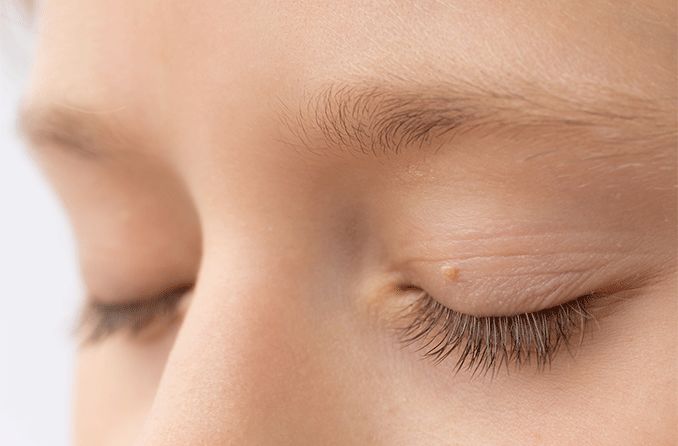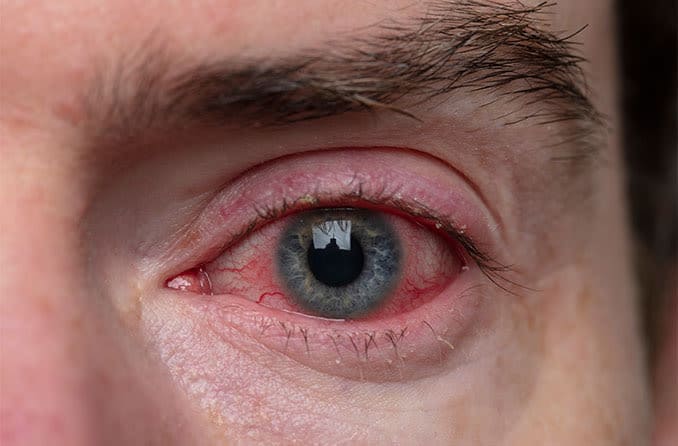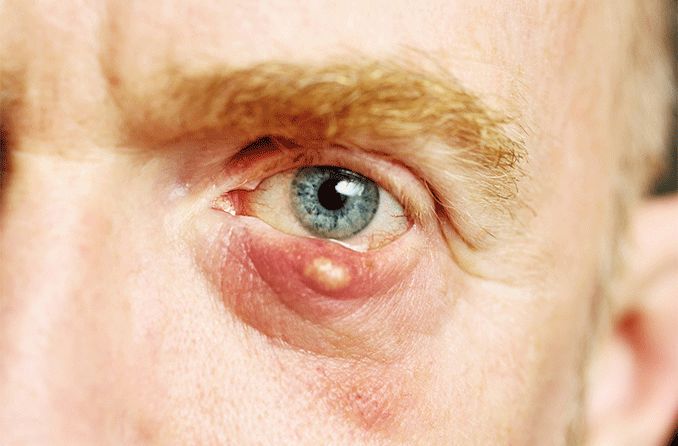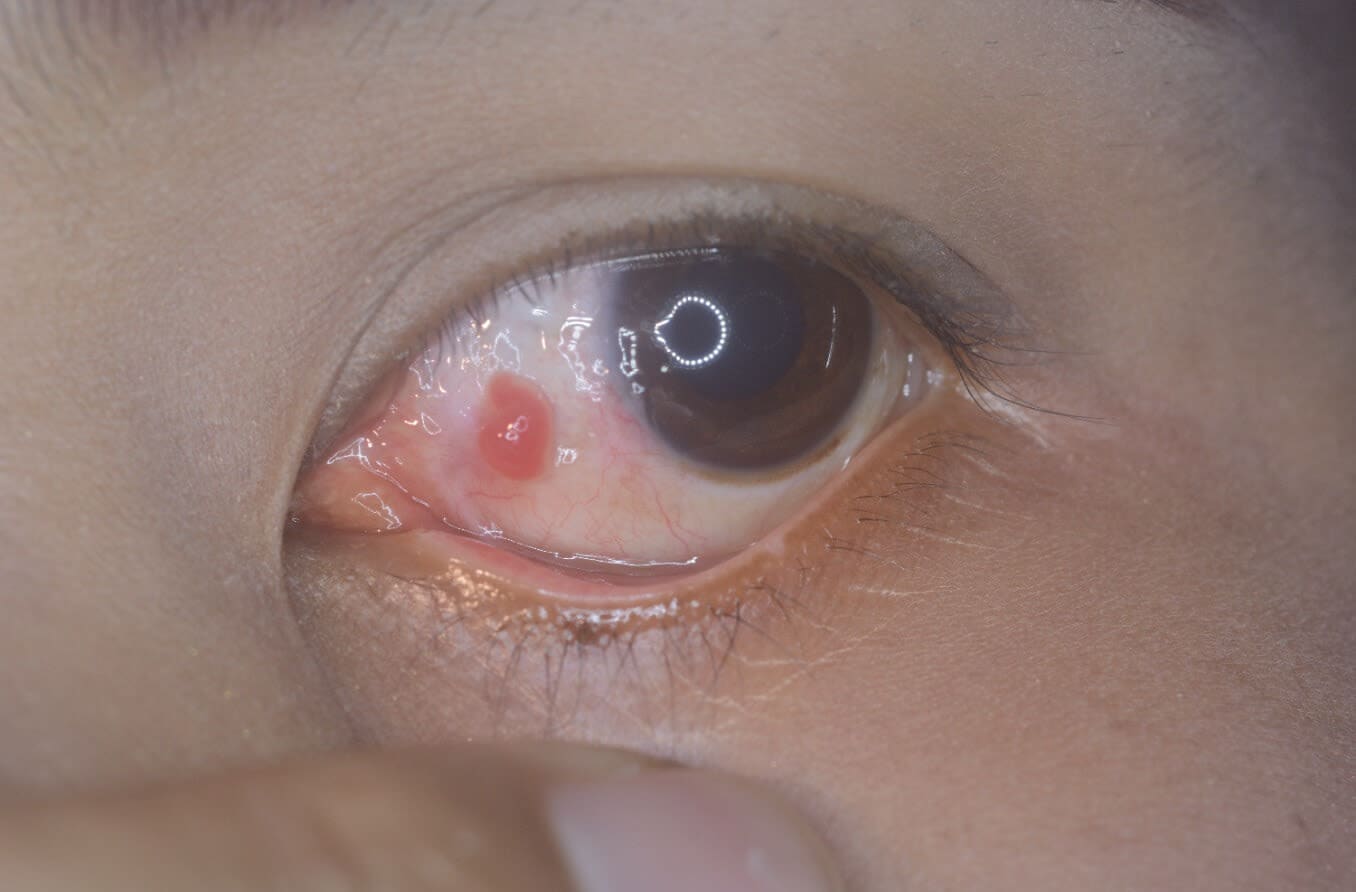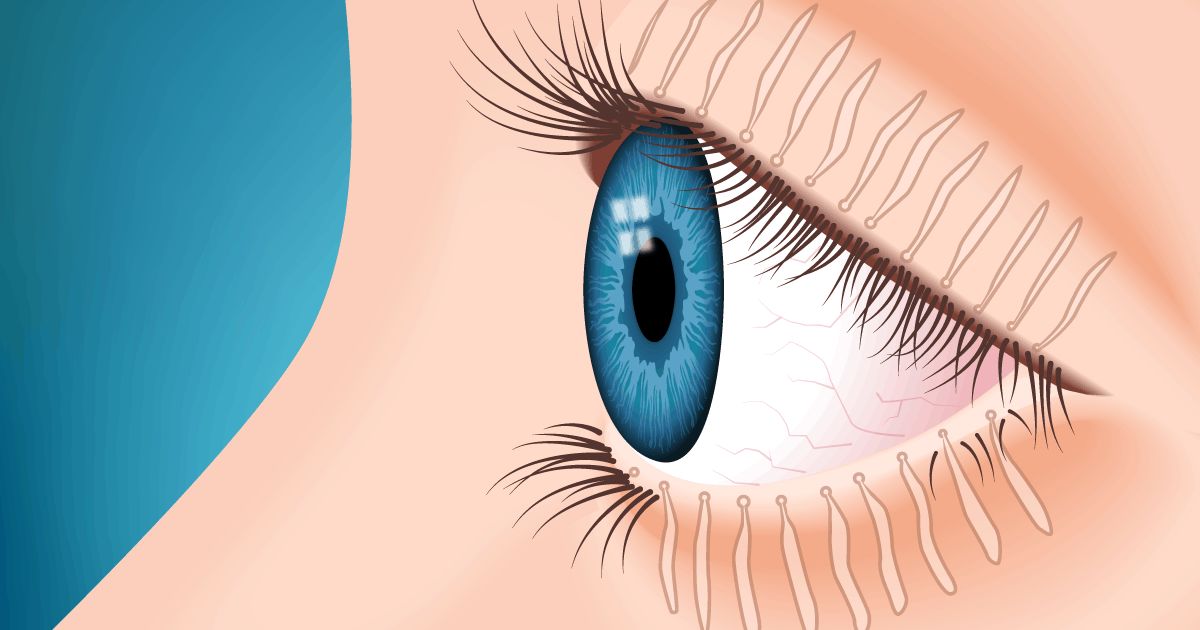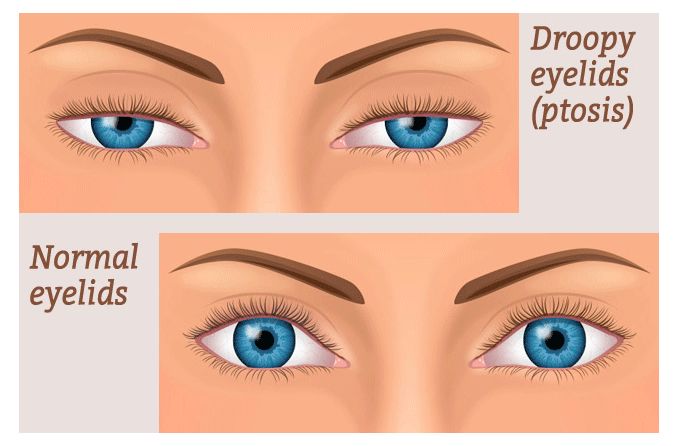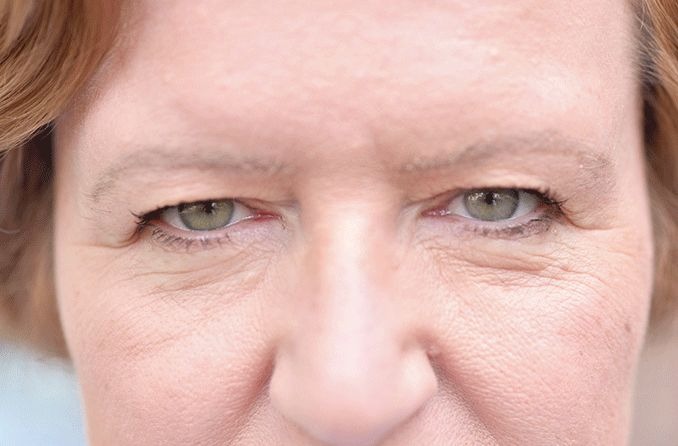What is a skin tag?
A skin tag is a small, benign growth on the skin that is typically attached by a short stalk. Skin tags usually develop on parts of the skin that fold, such as on the neck, armpits and around the genitals.
Skin tags can also develop on the eyelids in some cases.
Though skin tags are not considered dangerous, they can be located in a place on the eyelid that obstructs vision or irritates the eye. Should they become bothersome for vision (or for cosmetic appearance), skin tags can be removed.
What causes skin tags on eyelids?
A skin tag can develop when there is excessive cell growth on any part of the skin. There is no known cause of skin tags, though some medical conditions and other factors may increase your chances of developing one.
Some noted risk factors of skin tags may include:
- Obesity
- Pregnancy
- Age (more common in adults 40 and older)
- Type 2 diabetes
Skin tags typically develop in areas on the body where skin folds or rubs together and causes friction — such as eyelids, the neck or armpits. Obese people or those with excess lax skin after weight loss may develop more skin tags due to extra skin folds on the body.
Pregnant women are at a higher risk for developing skin tags because of the hormonal changes that occur during pregnancy. Oftentimes, skin tags that developed during pregnancy disappear after giving birth.
NOT SURE IF YOUR EYELID BUMP IS A SKIN TAG? See our related articles on milia, chalazia and styes.
How to remove a skin tag on an eyelid
Skin tags on eyelids are not dangerous, and mild cases generally do not affect eye health. Removing a skin tag from your eyelid may be necessary if it obstructs vision or for cosmetic reasons.
There are various ways for a skin tag to be removed by a dermatologist. The right treatment for you depends on the size and location of the skin tag on your eyelid.
Removal of a skin tag on an eyelid at home is possible, but it is not usually recommended, as the area is small and sensitive. If eyelid skin tag removal is done incorrectly, problems such as an eye infection, bleeding or scarring can occur and potentially cause damage to your vision.
Treating an eyelid skin tag at home
Before removing a skin tag from your eyelid at home, consult your eye doctor and/or dermatologist. Improper removal methods can increase the risk of an infection and require further medical treatment if a skin tag is removed incorrectly.
Apple cider vinegar
Some claim that apple cider vinegar can remove skin tags, but there is no scientific evidence this is true. Due to its acidity, apple cider vinegar can actually cause irritation, skin damage and even chemical burns.
Apple cider vinegar should be used with extreme caution, especially around an area as sensitive as the eyelid.
Over-the-counter treatment
There are many over-the-counter products on the market for skin tag removal, from essential oils to special removal devices. However, many of these products are not designed for use near the eye and are not suitable or safe to use to remove a skin tag on the eyelid.
If a skin tag on your eyelid is causing irritation or pain, try an over-the-counter pain reliever such as ibuprofen (Advil) or acetaminophen (Tylenol). A cool compress may also help relieve irritation in your eye.
Excision
Skin tags range in size, and smaller ones may be easier and less complicated to remove at home. If a skin tag has a thin base, you may be able to remove, or excise, it with cuticle scissors.
Some skin tags can be removed by tying a clean thread or dental floss around the base. This process will cut off blood supply to the skin tag and allow it to fall off.
Can you cut off a skin tag with nail clippers? Technically yes, but this is not recommended — especially in an area near or on the eye.
It is still best to consult a doctor before proceeding with any home removal of a skin tag to prevent potential danger for your eye.
Medical treatment for eyelid skin tags
Since dermatologists are specially trained to remove skin tags, it is safest to have one treated at a dermatologist’s office. A particular procedure may be recommended depending on the size and location of the skin tag.
Ligation
A ligation is a medical procedure in which a doctor ties off the base of a skin tag to cut off blood flow. A skin tag typically falls off within a few weeks after a ligation.
Surgery
During a surgical eyelid skin tag removal, the area will first be numbed, and then a doctor will remove the skin tag with medical grade scissors or a scalpel.
Electrosurgery
During an electrosurgery procedure, a skin tag is removed using heat. The skin tag is burned at the base, which helps control bleeding during the removal.
Cryotherapy
A doctor may use cryotherapy, or extreme cold, to remove a skin tag from your eyelid. In this procedure, an instrument such as tweezers or a cotton swab is first soaked in liquid nitrogen and then applied to the skin tag by your doctor to freeze it off.
It may take a week or two for a “frozen” skin tag to fall off after the procedure. More than one cryotherapy session may be required if several skin tags are present.
Prevention
Unfortunately, eyelid skin tags are not preventable. Risk factors for skin tags, such as obesity, may be controlled by a healthy diet and lifestyle — but it is still difficult to predict whether or not a skin tag may develop.
If you notice any kind of bump on your eye, contact an eye doctor to be evaluated. Though many bumps — like eyelid skin tags — are not considered dangerous, they can still interfere with vision and should be checked by a professional.
Whether a skin tag is troubling for your vision, or if you wish to have it removed for cosmetic reasons, removal is safest when it is performed by a dermatologist.
Eyelid skin tag or not, it is important to keep your eye health at its best with annual eye exams. Don’t hesitate to contact an eye doctor, even if a vision problem you are having seems minor.
READ NEXT: Eyelid papilloma
